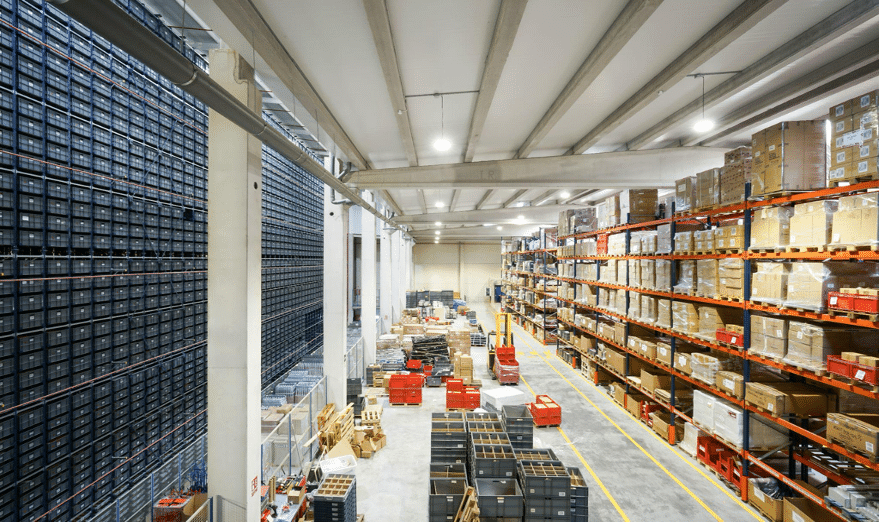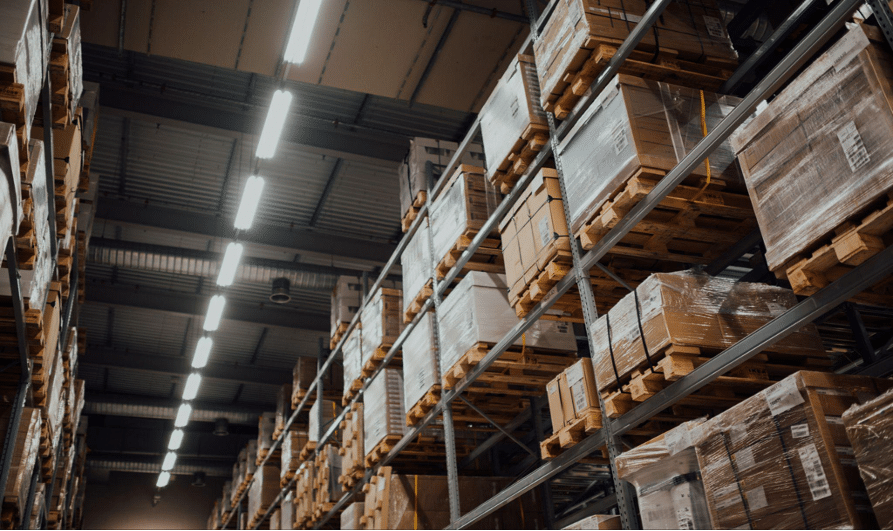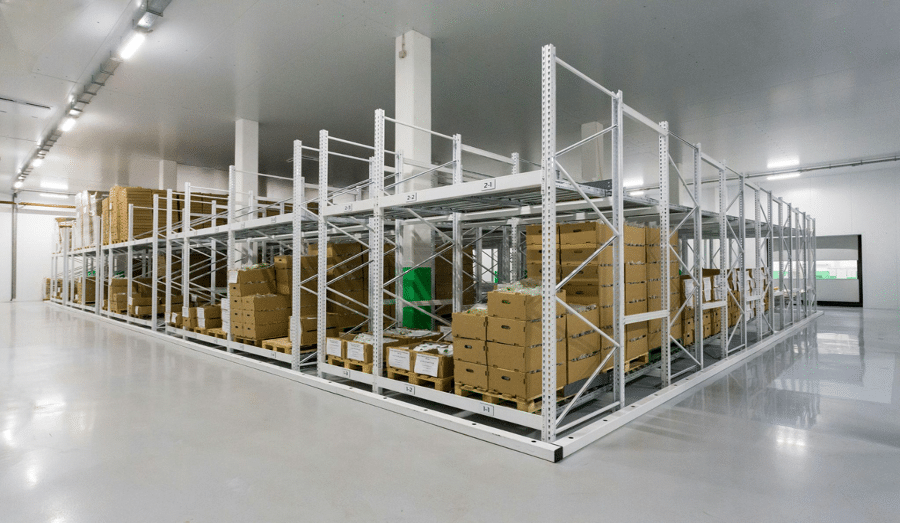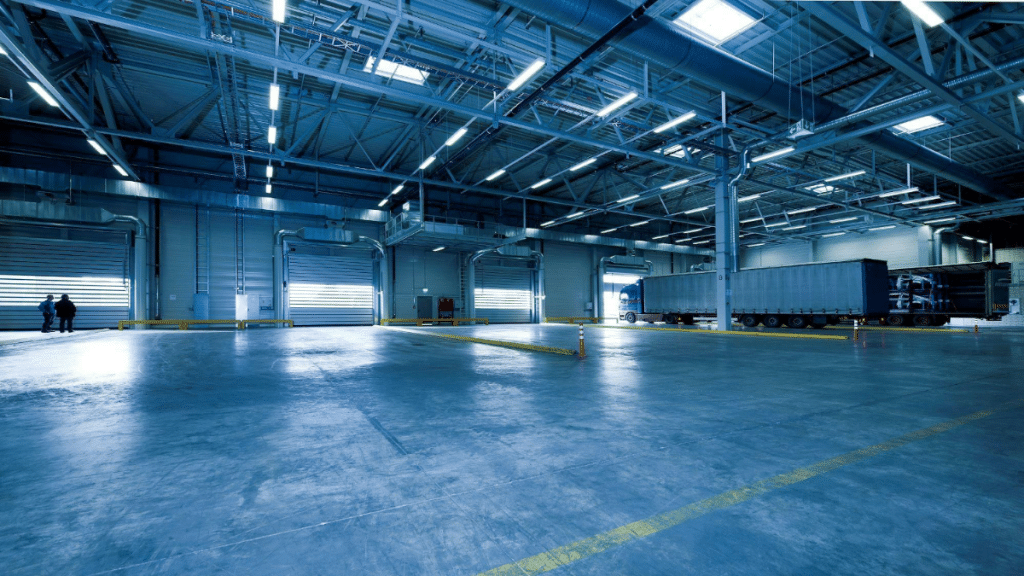There’s a quiet revolution happening above your head—literally. From high-bay warehouse ceilings to sleek office panels, commercial LED lighting services are transforming how businesses light their spaces, manage costs, and optimize efficiency. But this isn’t just about replacing bulbs. It’s about rethinking lighting as a strategic asset.
This article explores how commercial LED systems have moved beyond energy-saving buzzwords to become foundational tools for operational excellence. Whether you’re managing a retail store, factory, hospital, or office complex, the lighting choices you make can directly influence your bottom line.
What Is Commercial LED Lighting and Why Is It Important for Businesses?
Commercial LED lighting refers to light-emitting diode systems designed specifically for use in non-residential environments—think offices, warehouses, schools, manufacturing facilities, and public infrastructure. Unlike residential lighting, these systems are engineered for larger spaces, longer operating hours, and higher performance expectations.
While both commercial and residential LEDs rely on similar core technology, the key differences lie in power output, durability, smart control integration, and compliance with stringent safety and performance standards.
Here are some defining features of commercial LED lighting systems:
- Durability – Built for extended use in demanding conditions.
- High lumen output – Offers brighter, more uniform lighting over large areas.
- Energy efficiency – Uses significantly less electricity than legacy systems.
- Smart controls – Includes options for sensors, scheduling, and remote adjustments.
- Customizability – Available in multiple sizes, shapes, and beam angles.
This combination makes commercial LED lighting not just a lighting solution—but a building performance upgrade.
How Does Commercial LED Lighting Cut Energy Costs?

The energy savings behind LEDs aren’t just hype—they’re rooted in physics. Traditional bulbs waste most of their energy as heat. LEDs, on the other hand, convert a much larger share of electricity directly into visible light.
When compared to legacy technologies like compact fluorescent lamps (CFLs), halogens, or metal halides, LEDs require significantly fewer watts to produce the same amount of lumens. Plus, they emit very little heat, reducing the burden on HVAC systems—especially in climate-controlled environments.
Here’s why commercial LEDs are cost-cutting powerhouses:
- Lower wattage per lumen – They use fewer watts to produce the same brightness.
- Reduced HVAC load – Less heat output means lower air conditioning demand.
- Long lifespan – Fewer replacements lead to long-term savings.
- Directional lighting – Light goes exactly where it’s needed, minimizing waste.
When scaled across dozens or even hundreds of fixtures in a facility, the financial impact becomes dramatic—and measurable.
What Are the Main Types of Commercial LED Lighting?
Choosing the right LED fixture depends on your space, usage, and lighting goals. Each type has its own strengths and limitations.
LED Panel Lights
Used in drop ceilings for offices and conference rooms, panel lights deliver wide, uniform illumination. They’re ideal for productivity-driven environments but can be less customizable in beam focus.
LED Troffer Lights
These rectangular or square lights fit into grid ceilings and are common in schools, hospitals, and retail. They’re often dimmable and compatible with smart controls.
LED High Bay and Low Bay Lights
Perfect for industrial spaces like warehouses and factories, high bay LEDs illuminate tall ceilings with powerful brightness. Low bay versions are suited for lower ceilings, offering energy savings without compromising light coverage.
LED Strip Lights
Flexible and versatile, these are used for under-cabinet lighting, signage, or accent lighting in retail. They offer creative design potential but may lack the intensity needed for task lighting.
LED Wall Packs and Flood Lights
Typically mounted on building exteriors, these fixtures provide security and area lighting. They’re weather-resistant but may require careful placement to avoid light pollution.
Smart LED Lighting Systems
These integrate occupancy sensors, daylight harvesting, and remote control for real-time optimization. While they require higher upfront investment, they offer unparalleled energy and maintenance savings.
What Are the Key Components of a Commercial LED Lighting System?
Every commercial LED setup includes multiple components working together for reliable, efficient output. Understanding these elements helps when troubleshooting or customizing a lighting plan:
- LED chips – The light-producing semiconductors at the core of the system.
- Heat sinks – Dissipate heat to maintain performance and extend lifespan.
- Drivers – Regulate power and protect against voltage fluctuations.
- Optics/lenses – Shape and direct the light output.
- Housings – Provide structure, durability, and protection from the elements.
- Sensors and controllers – Enable smart functions like motion detection or daylight tracking.
These components must be well-matched to ensure maximum performance and safety over time.
How Do LEDs Compare to Other Lighting Technologies in Cost and Efficiency?
To understand the real value of commercial LEDs, compare them to traditional lighting systems:
- Cost per lumen – LEDs provide more light per dollar over time.
- Lifespan in hours – LEDs: 50,000–100,000 vs. CFL: ~10,000, Incandescent: ~1,000.
- Wattage usage – LED panels often use 40–70% less power than fluorescent fixtures.
- Maintenance frequency – Longer life equals fewer replacements and lower labor costs.
- Heat emission – LEDs generate far less heat, reducing cooling needs and fire risk.
In almost every measurable category, LEDs outperform their older counterparts—especially when lifecycle costs are factored in.
How Can LED Lighting Improve Operational Efficiency?

Beyond lowering electric bills, LED systems offer business-wide efficiency gains. For example, consistent, high-quality lighting can reduce workplace accidents, improve employee morale, and increase customer satisfaction.
In logistics and manufacturing environments, high bay LEDs can eliminate dark corners, enabling safer machine operation and smoother workflow. In retail, well-placed LED strip and track lights enhance product visibility and influence purchasing behavior.
Here are just a few ways LED lighting supports operational goals:
- Reduced downtime – Fewer burnouts mean fewer interruptions.
- Improved safety – Brighter, flicker-free light minimizes hazards.
- Higher productivity – Employees work better in properly lit environments.
- Enhanced ambiance – Controlled lighting improves customer perception.
In one notable case, a distribution center in Ohio reported a 14% drop in accident reports and a 20% boost in picking accuracy after switching to smart LED systems. That’s efficiency made visible.
What Are the Top Financial Benefits of Switching to Commercial LED Lighting?
The return on investment for commercial LEDs is more than just theoretical—it’s tangible and often rapid. Many businesses see a complete payback within just a couple of years.
Here are the core financial upsides:
- Immediate energy savings – Lower electricity bills from day one.
- Reduced maintenance and replacement costs – Fewer service calls and fixture changes.
- Lower insurance premiums – Some insurers offer discounts for fire-safe, low-heat LEDs.
- Potential rebates and tax incentives – Public and private programs ease initial costs.
- Positive ROI within 1–3 years – Especially in energy-intensive facilities.
The financial case is strongest for high-usage environments—but nearly every business benefits.
How Long Do Commercial LED Lights Really Last?
LEDs don’t burn out like traditional bulbs—they gradually dim over time. Most are rated based on L70 lifespan, which marks the point when output drops to 70% of original brightness.
Typical lifespans include:
- LED panel lights – 50,000 to 70,000 hours
- High bay lights – Up to 100,000 hours
- LED strips – 25,000 to 50,000 hours
- Wall packs/flood lights – 50,000+ hours
When run 10 hours per day, many fixtures can last well over a decade with minimal degradation.
What Rebates or Incentives Are Available for Commercial LED Lighting Upgrades?
In the U.S., multiple rebate programs help offset the cost of commercial LED upgrades. These incentives are available at federal, state, and local levels.
Common types include:
- Energy efficiency rebates – Offered by utilities for qualifying fixtures.
- Utility bill credits – Applied directly to your energy statement.
- Local government funding – Often available for sustainability initiatives.
- Green certification points – Helps earn LEED or ENERGY STAR recognition.
Programs vary by region, so it’s wise to check your utility provider’s efficiency rebate portal.
What Industries Benefit Most from Commercial LED Lighting?

Almost every sector can see gains, but some industries benefit more dramatically due to specific lighting demands:
- Warehousing – High bay LEDs improve safety and picking efficiency.
- Retail – Accent lights boost product appeal.
- Office spaces – Panel lights reduce eye strain.
- Hospitality – Dimmable ambient lighting sets the mood.
- Healthcare – Precision lighting supports care environments.
- Manufacturing – Task lighting enhances focus and quality control.
- Education – Flicker-free LEDs create better learning conditions.
Each setting has its own ideal fixture and configuration.
What Are the Most Important Factors to Consider Before Upgrading?
To avoid costly missteps, consider the following during your planning phase:
- Total square footage
- Ceiling height and mounting structure
- Color temperature (3000K–5000K)
- Color Rendering Index (CRI)
- Use of motion/daylight sensors
- Integration with energy management systems
- Occupancy patterns and usage hours
Avoid common errors like over-lighting or using the wrong beam angle for a task-oriented space.
How to Plan and Implement a Commercial LED Lighting Upgrade?
A thoughtful rollout ensures success. Follow this phased approach:
Audit Your Current Lighting System
Inventory fixtures, assess coverage, and identify energy waste.
Calculate Energy and Maintenance Costs
Use historical data and estimate savings based on kWh rates and fixture lifespan.
Select the Right LED Fixtures
Match lighting performance (lumens, beam spread) to room function. Look for DLC and ENERGY STAR certifications.
Work with a Qualified Installer
Choose a contractor with:
- Proven commercial experience
- Warranty support
- Knowledge of building codes and electrical systems
Test and Validate the Installation
Use lux meters and employee feedback to fine-tune controls and placement.
What Design Tips Should You Follow for Optimal Results?
Maximize impact by following these design principles:
- Choose the right color temperature based on the environment.
- Use layered lighting (task, ambient, accent) for flexibility.
- Avoid glare with diffusers and proper fixture height.
- Select optimal beam angles for each space.
- Group lights into zones for better control.
- Opt for dimmable fixtures in multipurpose areas.
Good design blends form and function without waste.
What Safety and Compliance Standards Apply to Commercial LED Systems?
Compliance ensures not just safety, but also eligibility for rebates.
Key standards include:
- UL Listing – Confirms safe construction and performance.
- RoHS compliance – Limits hazardous substances.
- ENERGY STAR – Guarantees energy efficiency.
- DLC certification – Required for many rebates.
- IP rating – Specifies moisture and dust protection (e.g., IP65 for outdoor use).
Also consider OSHA and NEC regulations for workplace lighting safety.
What Are the Common Challenges or Downsides of LED Lighting?
LEDs aren’t flawless, but their drawbacks are often manageable:
- Higher upfront costs
- Compatibility issues with older dimmers
- Color shift over time (lower-quality models)
- EM interference with sensitive equipment
- Performance dips in extreme conditions
Choosing high-quality, certified products helps sidestep many of these issues.
How Will Commercial LED Lighting Evolve in the Future?
The future is bright—literally and digitally. Expect:
- Li-Fi (Light Fidelity) – High-speed data transmission via LEDs.
- Human-centric lighting – Tuning light to circadian rhythms.
- Occupancy analytics – Linking lighting with building usage data.
- IoT ecosystems – Seamless control with other smart building systems.
- Wireless upgrades – Easier retrofits with mesh-networked LEDs.
- Biophilic design integration – Lighting that mimics natural rhythms.
LEDs are no longer just light sources—they’re becoming data nodes and wellness tools.
Conclusion
Commercial LED lighting is more than a fixture upgrade—it’s a strategic investment. It slashes operating costs, reduces downtime, improves safety, and sets the stage for smart building integration.
If you haven’t audited your facility’s lighting, now’s the time. Rebates won’t last forever, and every month you delay is money lost.
In today’s business landscape, LEDs aren’t just efficient—they’re essential.
